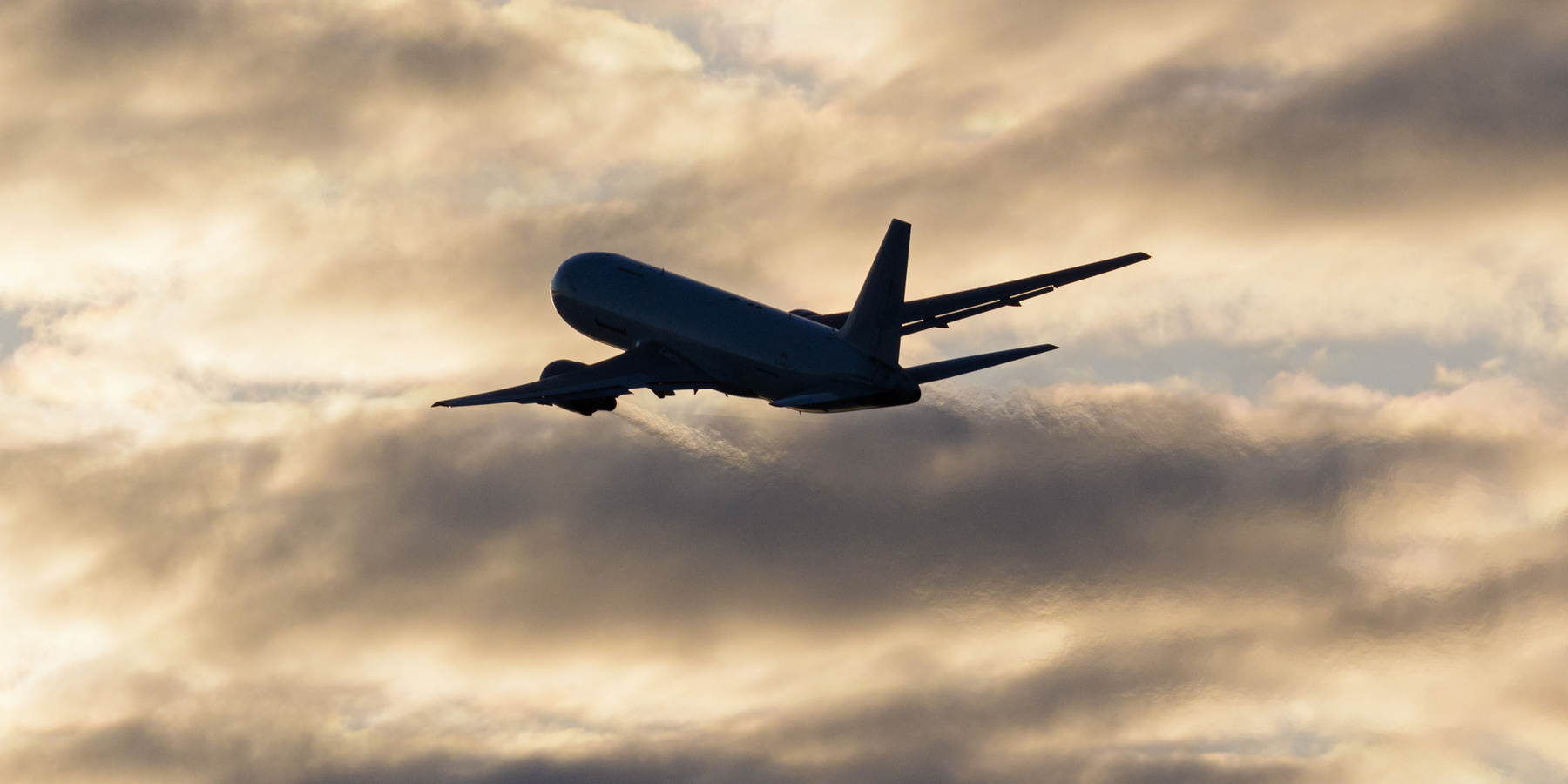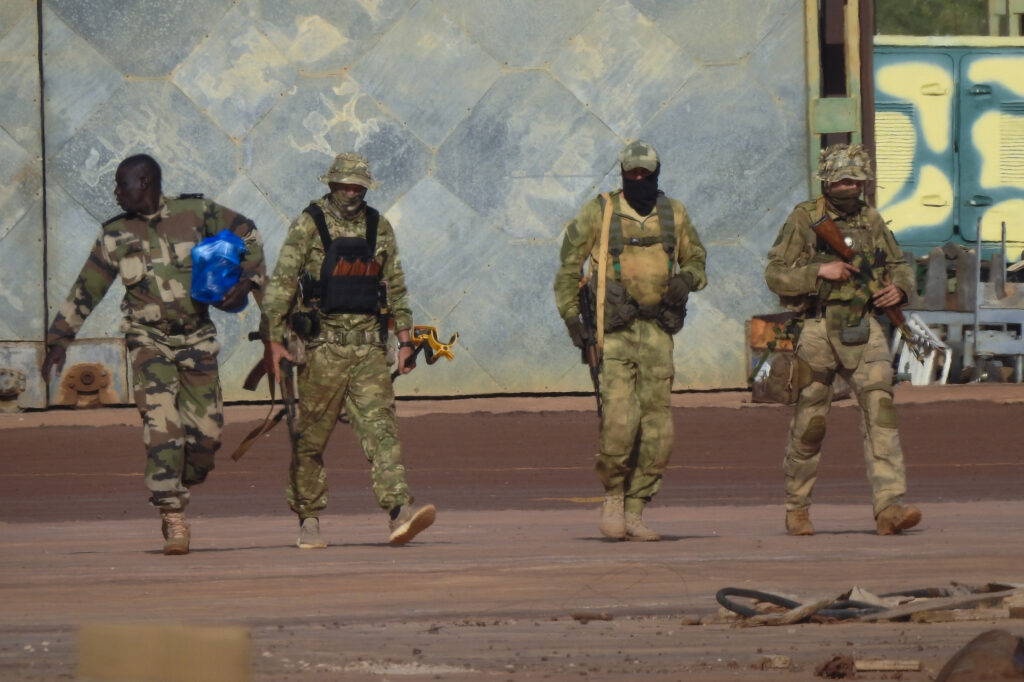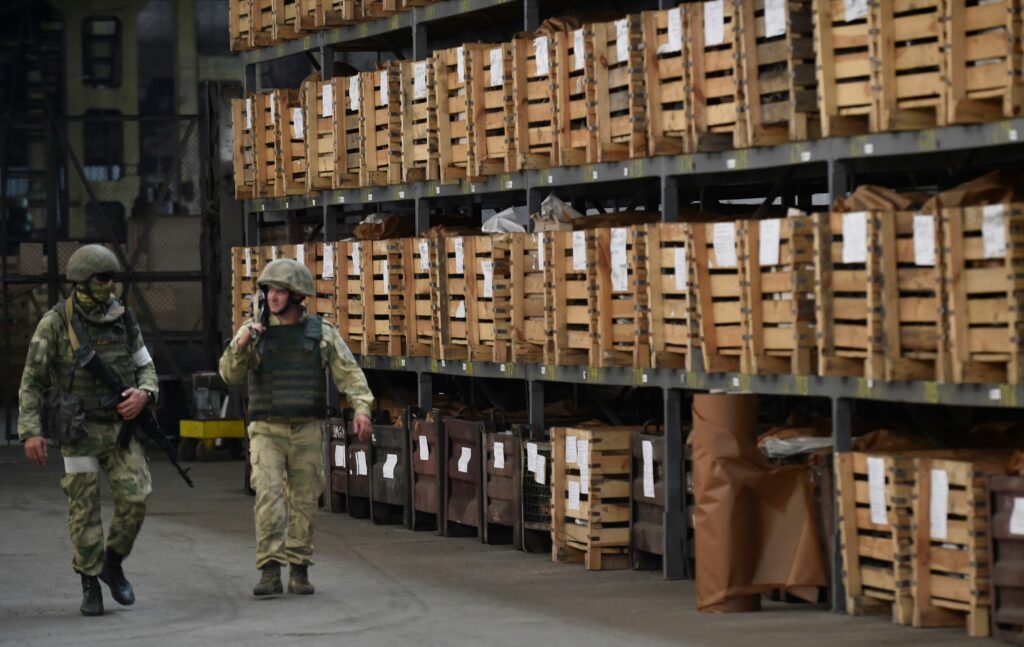Last week the Trump Administration announced plans to leave the Open Skies Treaty. The US then submitted an official withdrawal notice to the treaty depositaries, Canada and Hungary. The withdrawal will take effect in November this year. Although the decision itself has been long in the making, its exact timing took even well-informed insiders by surprise. Back in October 2019, President Trump had signed an internal memorandum about withdrawing from the treaty. And in retrospect, by early April 2020, press reports did suggest a U.S. statement of intent to withdraw was imminent.
The Open Skies Treaty has been in force since January 2002. It allows its 34 member states to conduct joint, unarmed observation flights over each other’s territory using sensors with a pre-defined resolution. The treaty also permits all member states to request images from overflights conducted by others. During overflights, representatives of both the observing state and the observed state can sit together in one aircraft. Military officers from different states, particularly NATO and Russia, engage with each other on a regular basis. Each member state has a fixed passive quota determining the number of flights it has to allow over its own territory. It corresponds to the number of flights it can conduct over other states’ territory (active quota). Until December 2019, there were more than 1500 overflights. One third of them were over Russia and Belarus, which form one state party.
Since the treaty’s start, member states have often raised disputes. Complaints around its practical implementation are taken up with the Open Skies Consultative Commission (OSCC), which acts by consensus. A dispute about flight restrictions over Chechnya imposed by Russia in 2002 was successfully resolved in 2016. In 2016, the United States granted flight access to all its island territories; Russia had repeatedly asked for this. A long standing but unresolved issue has been the membership of Cyprus, vetoed by Turkey. There have also been debates about altitude restrictions, particularly over national capitals. There is ongoing debate around safety regulations. In particular, those affecting planned flight routes during military exercises.
In recent years, the U.S. State Department has accused Russia of two treaty violations. Both remain unresolved, and are shared concerns among treaty members.
First, in May 2010 Russia started to reject flights that would have entered the 10 km zone along its border to Abkhazia and South Ossetia in Georgia. The rejection makes use of a provision in the treaty that prohibits flights within that zone to non-members. Russia claims that both regions are independent states – a position not shared by other treaty members. Georgia regards the Russian position as a violation of its sovereignty. So Georgia has not allowed Russian flights over its territory since April 2012. Second, in June 2014 Russia introduced a flight length restriction of 500 km over the Kaliningrad enclave. Moscow argues that a Polish flight in March that year took an unusually lengthy path over the small region. According to Russia, this caused chaos with air traffic control and limited civilian air travel.
Reacting to these unresolved issues, the U.S. imposed range limits on Russian flights over Hawaii. It also ended courtesy provisions by closing previously used airfields for overnight stops in 2017. Russia reciprocated.
European treaty members and Canada have often urged Moscow to return to compliance as well. Unlike Washington, they do not believe these violations provide enough grounds to leave the treaty. Instead, they want to solve the issues within the OSCC. The 500 km sub-limit over Kaliningrad, for example, is only just below the threshold necessary to observe the entire area. If Russia is concerned about the safety of civilian air traffic, the parties could find an agreement to allow reasonable sub-limits for both exclaves and for overseas territories more generally.
The border issue with Georgia is unrelated to the treaty as such. It stems from the different positions on the status of Abkhazia and South-Ossetia. Moreover, from a technical point of view, the 10 km limit is less problematic than it seems. Given the right altitude, panorama cameras used for Open Skies flights can take images beyond this distance. After the Georgian-Russian war in August 2008, both states continued to allow flights within the context of the Open Skies treaty, each time with the UK as a partner. Georgia conducted one flight per year over Russia in 2009 and 2010. Russia conducted flights over Georgia in 2009 and 2011. A possible solution to the issue could be returning to the status-quo ante. Namely, allow flights in the border zone; supplement this with an agreement that the disputed legal status of the two regions remains unaffected.
For most European member states, the Open Skies treaty also has a practical purpose beyond trust building. They do not have enough reconnaissance satellite capabilities to allow foregoing the intelligence received via the treaty. Besides, aircraft are more flexible than satellites; they can fly below cloud formations. Since Open Skies imagery is subject to lower levels of classification, they are accessible for diplomatic purposes. States can use flights also for political signaling. For example, after the Kerch Strait incident in December 2018, the U.S. together with several European partners conducted an extraordinary flight (outside of the quota system) to reaffirm their security commitments towards Ukraine.
The U.S. withdrawal puts European NATO members in a bind; most European countries want to preserve the treaty. In the leadup to the US decisions, representatives from Germany, France, Poland and Ukraine, among other countries, intervened in Washington to signal their support for it. At the same time, the different positions between the United States and European NATO members could undermine the unity of the alliance. If not handled with prudence, any visible opposition might damage NATO’s political standing.
These tensions are visible in the immediate reactions to the U.S. withdrawal notification. Eleven European member states, including Belgium, the Czech Republic, Germany, France, Italy and Spain, published a joint statement supporting the treaty. They said they “will continue to implement the Open Skies Treaty” and emphasize the treaty’s “clear added value for […] conventional arms control architecture and cooperative security”.
Russia has adopted a wait-and-see strategy. Occasionally, state representatives have hinted how Moscow can imagine remaining in the treaty in the right circumstances. Already in December 2019 Deputy Foreign Minister Sergey Ryabkov stated how Russia would not simply mirror a U.S. withdrawal. In April 2020, Foreign Minister Sergey Lavrov expressed doubts whether other countries would follow a U.S. exit. After the U.S. decision, Russian diplomats argued their country would continue with the treaty. It is clear, though, that Russia will not follow U.S. demands to return to full compliance as a precondition for Washington to reconsider its withdrawal decision. Moscow regards the US accusations as groundless. For Europe and Canada, Russia’s continued membership is essential; most of their overflights go over its territory.
There are two major concerns in Moscow. First, after the U.S. withdraws, Russia will no longer be able to conduct flights over U.S. territory. But in the past, these flights made up only 14% of its total treaty flights. In future, Moscow could redistribute them over Europe and Canada. Second, Russian officials worry that even after withdrawal, European NATO members will continue to provide the U.S. with imagery from Russia. This issue, though, seems more related to the question of Russia’s political status vis-à-vis the United States, rather than a concern about the transfer of sensitive intelligence. Hence, European member states and Canada could issue a public statement that Open Skies imagery will not be shared with non-member states, thereby addressing the issue diplomatically.
Whether the remaining state parties can find a workable compromise to save the treaty will become clear in the coming weeks. In less than two months, an obligatory state conference of all member states needs to decide how to proceed.










